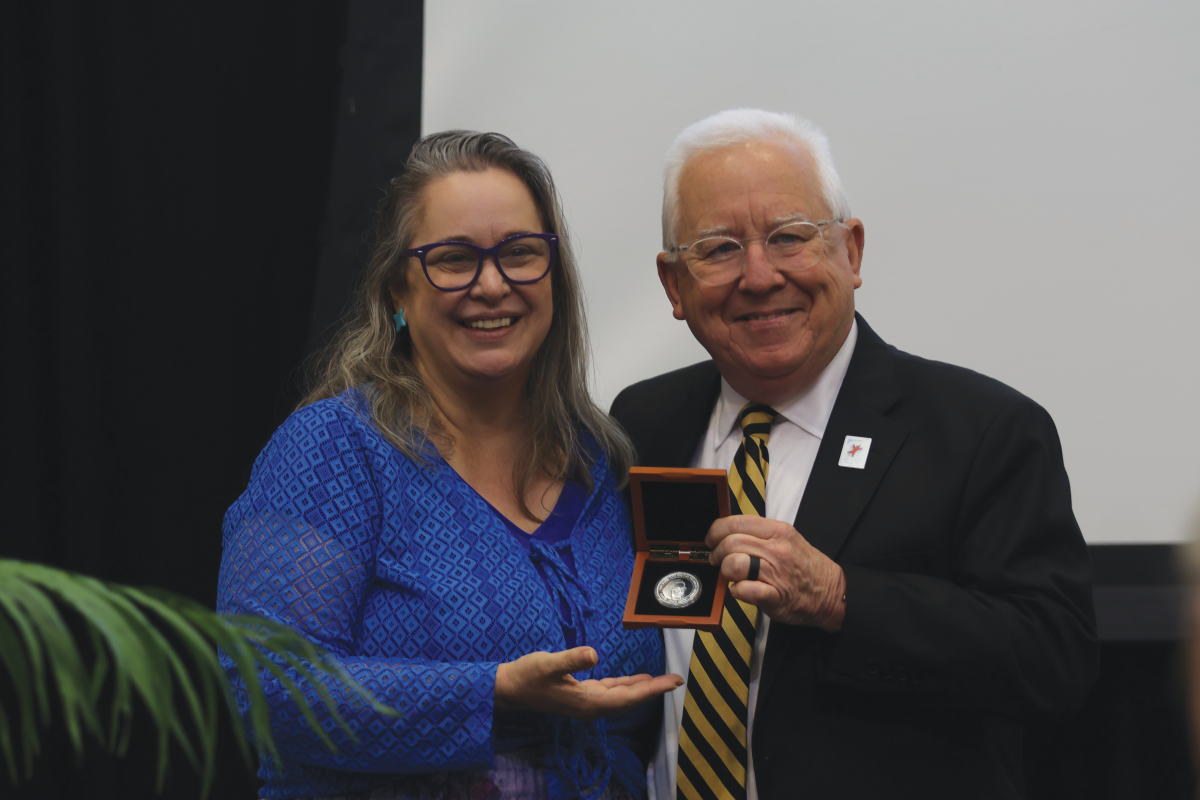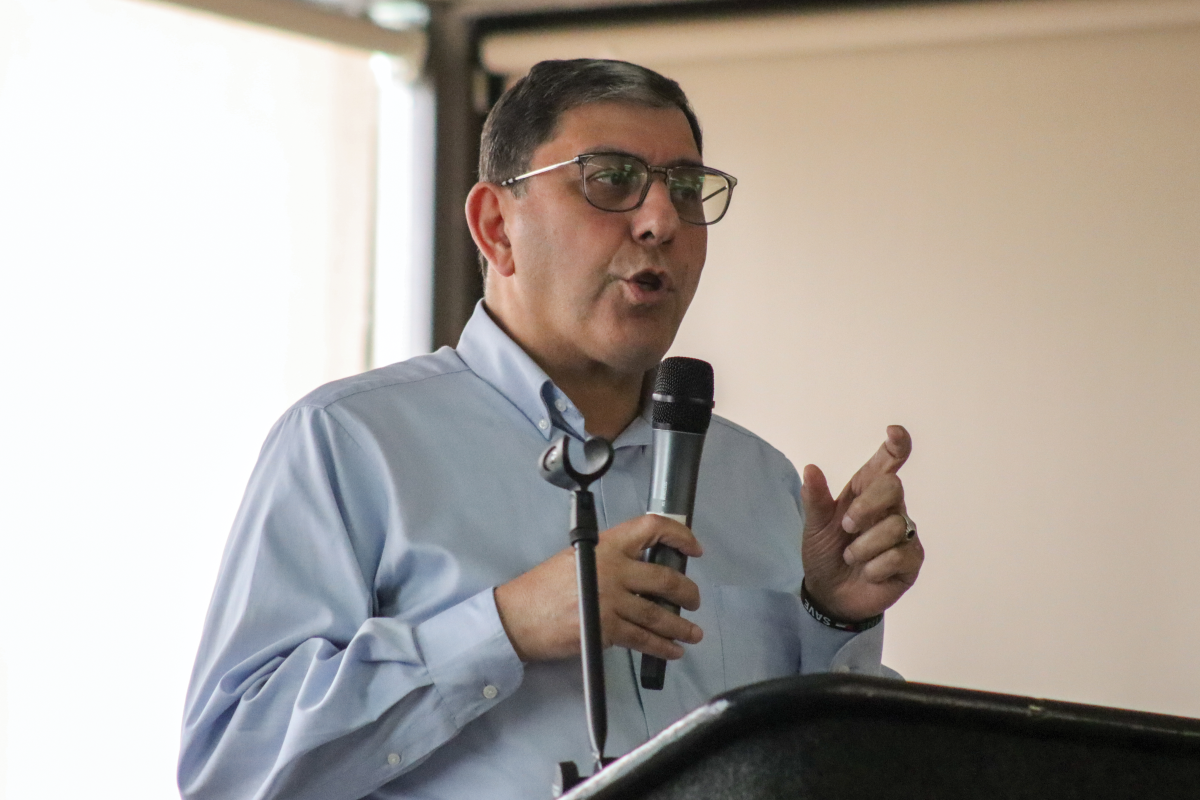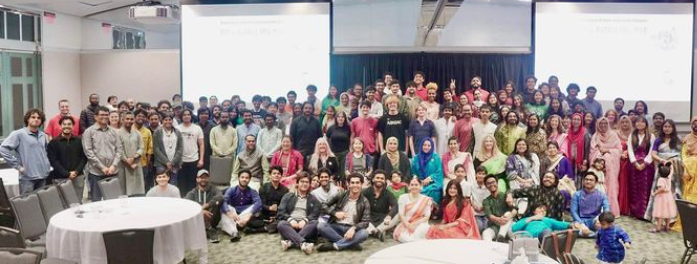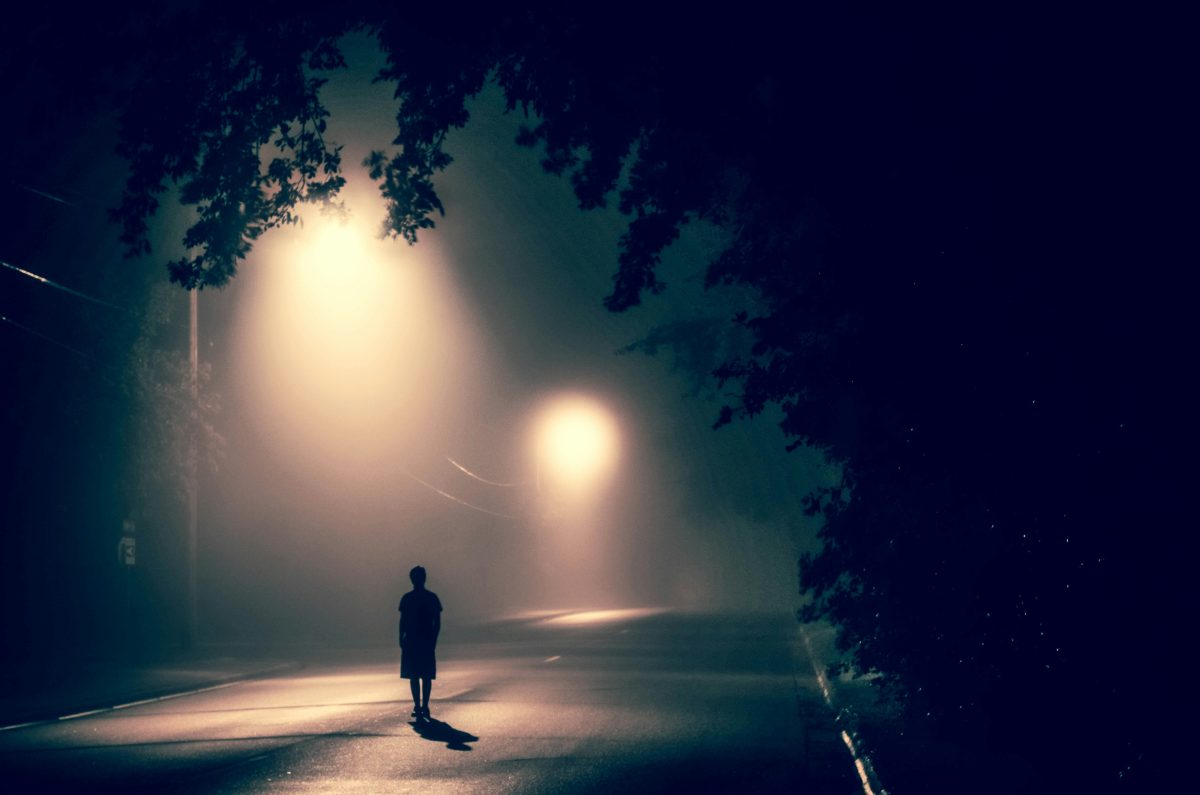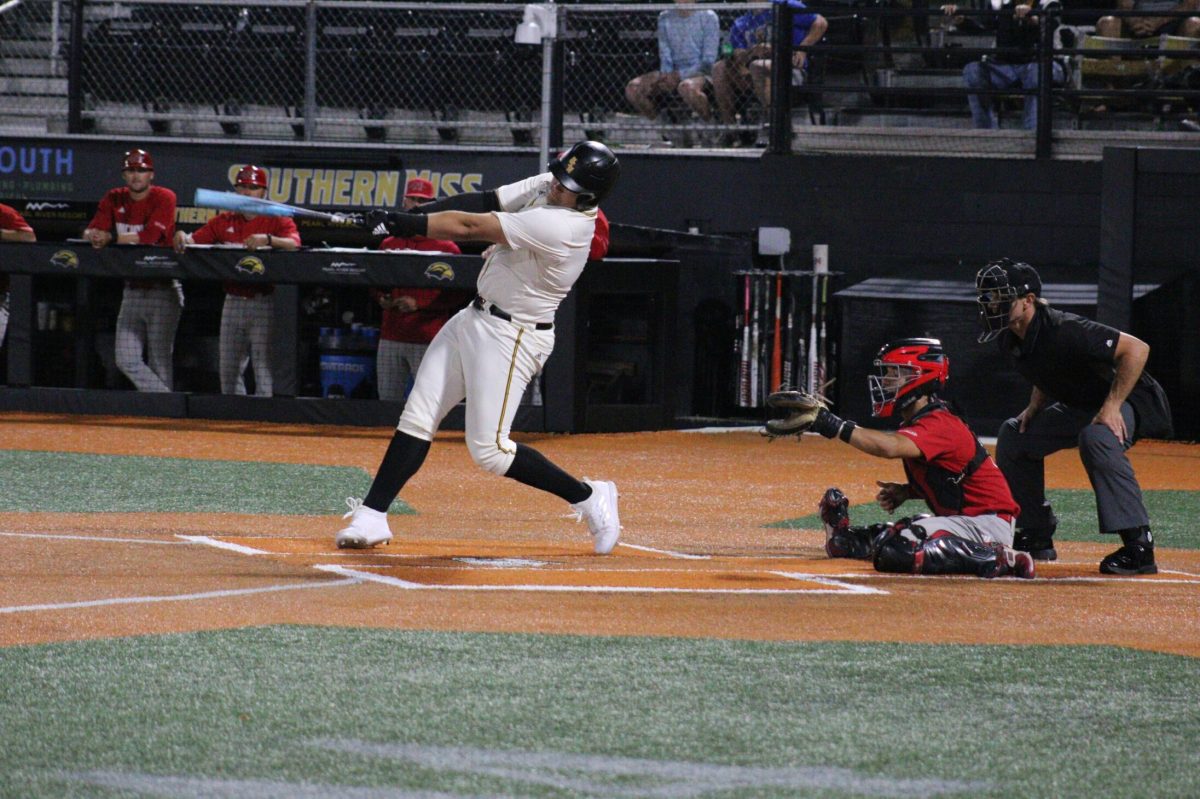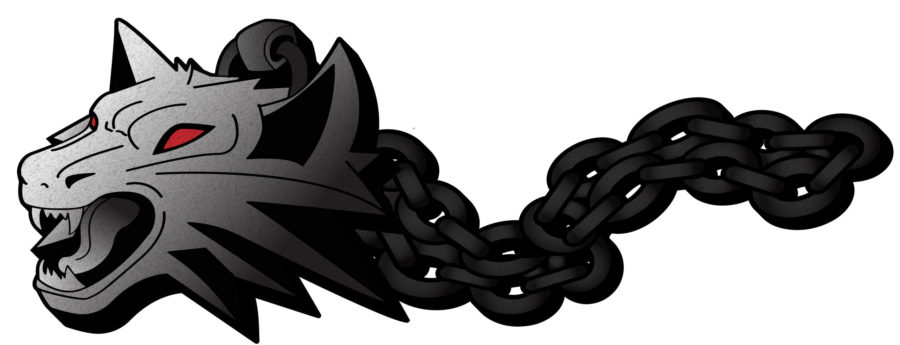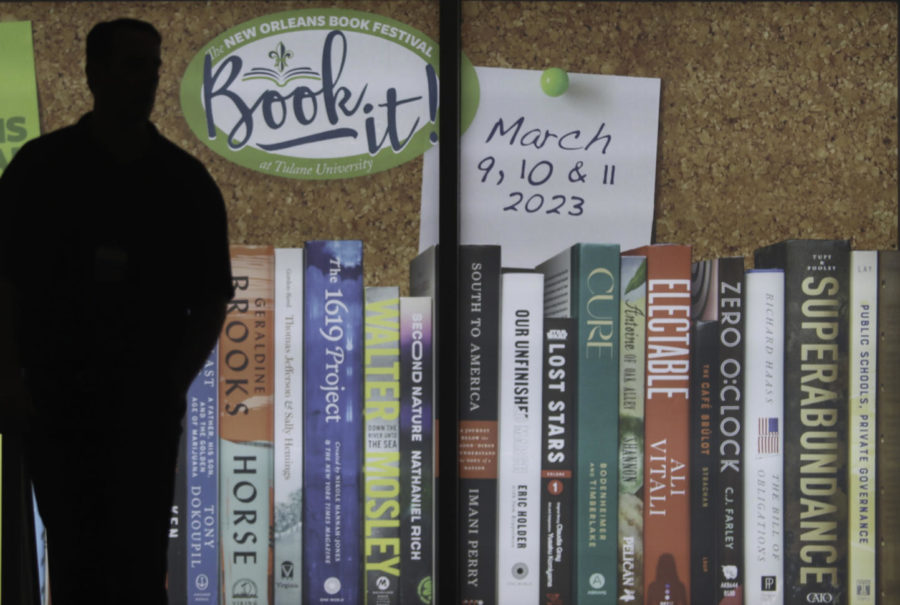There are rare moments in pop culture when a fantasy novel series is allowed to enter the mainstream. Netflix’s “The Witcher” is one of these moments.
Andrzej Sapkowski’s series “The Witcher Saga” has been graced with two adaptions, one in 2007 when Polish game developer and publisher CD Projekt Red created a three-game series based on the books, and now another with Netflix’s new adaptation of the story.
Lauren Schmidt’s “The Witcher” brings the cult classic story into a new light. Schmidt’s adaptation synthesizes the fluid action of the games with the brilliant storytelling of Sapowski’s original work, creating a new standard for fantasy adaptations. The well-rounded cast, stunning set pieces, beautiful cinematography and thrilling action are sure to keep the audience on the proverbial edge of their seats.
The writing on the show is fantastic, and pays close tribute to but not directly replicating the plot of Sapowski’s novels. There are a few major plot differences between the two works, but with this being the second major adaptation of this story within the last 20 years, this is an advantage and not a detriment. The dialogue is an adjustment, as the standard mock-Old English style of speaking that has become so common for fantasy writing is used here, but still comes out as consistently engaging.
The performances of the cast are, on average, nothing special, but they are enough to keep the majority of characters grounded and believable. They avoid the pitfall of Shakespearean-style over dramatics that so many fantasy series fall into. Henry Cavill’s interpretation of Geralt seems as if it’s a direct mirror of Doug Cockle’s Geralt from “The Witcher” game series. While it is in the spirit of paying homage to the games, it would have been nice to see a different take on the character.
Anya Chalotra as Yennefer without a doubt gives the most impactful performance. She transforms from tragic orphan to powerful enchantress without making it a tired repeat of “a woman who is deemed undesirable by society’s standards finds confidence by becoming more conventionally attractive” trope. Her portrayal of the sorceress is equal parts powerful and tragic, and will surely make the character even more of an icon than she already is.
The action present during the fighting scenes is extremely satisfying to watch, especially as someone who has played the games. Many of the sword fights look like they could be direct clips from a YouTube Let’sPlay. This shows that Schmidt is creating an adaptation of the books, but is not ignoring the fact that the games too are a part of the collective cultural presence of “The Witcher Saga”. It is definitely very refreshing to see a producer from one of the more respected mediums treat a videogame as an actual piece of art.
The overall atmosphere of the show is simultaneously very dark and very colorful, with many scenes taking place in locations such as an abandoned castle wing or a dank, stone-walled magic academy. The scenes frequently contrast with the vibrant colors that many of the characters frequently wear. This dynamic of darkness clashing with color is prevalent throughout many aspects of the show and leads to a deep, artistic undertone throughout the series.
With deep respect for not only the original book series but also the games that have caused so many to cherish the twisted world of Geralt the Witcher, Lauren Schmidt has created a heart-pounding and addictive fantasy series that will surely more than fill the gap that “Game of Thrones” left many times over.


